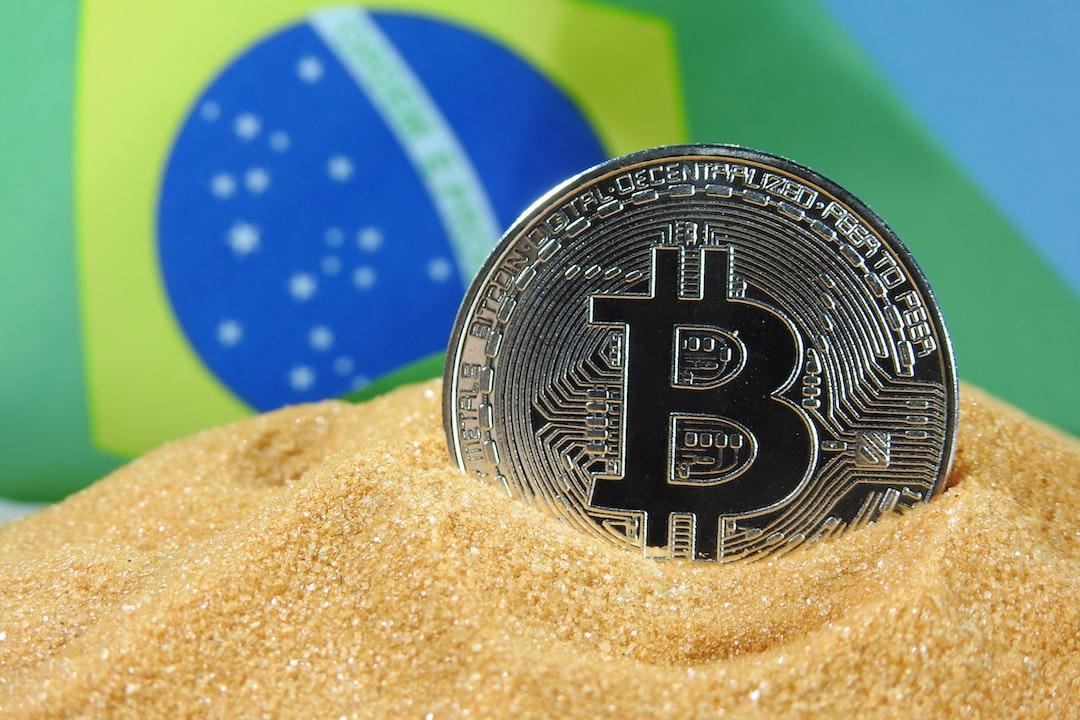The views expressed in this article represent a diversity of opinions and do not reflect the stance of “WEB3+.”
**Net Zero Emissions by 2050 as a Global Goal**
In recent years, climate change has become a palpable issue for everyone. Environmental topics, which have been advocated by various individuals and groups for many years, have now been integrated into national security policies by governments worldwide. “Net Zero Emissions by 2050” has been established as a common goal for 130 countries globally. Complementary policy amendments have been made, and two years ago, the “Taiwan 2050 Net Zero Emissions Pathway and Strategy Overview” was announced, setting the direction for Taiwan’s future actions on this issue.
Among the 12 key strategies, green finance has also been included. The Financial Supervisory Commission has proposed a series of Green Finance Action Plans, ranging from 1.0, 2.0, to 3.0, and the recently announced Green and Transition Finance Action Plan. These plans aim to leverage the power of financial markets to guide enterprises in recognizing the importance of net zero transformation and responding to climate change. Many industries are also exploring the use of blockchain’s efficient and immutable data exchange capabilities to build future green supply chain financial service platforms.
**Can Blockchain Financial Innovation Stand Out in Sustainability Issues?**
Today, companies are increasingly implementing ESG (Environmental Protection, Social Responsibility, Corporate Governance) after balancing with corporate profitability in their products and services. How financial services can align with these goals to ensure the co-prosperity of society and the Earth is the main reason why green finance has become a key innovation keyword in the financial industry in recent years.
Blockchain has been piloted for data exchange in the financial industry for years. Why is it more suitable for ESG?
The upgrade of traditional financial systems is often time-consuming, with the transfer and redefinition of large amounts of old data being difficult. The relatively conservative and rigorous financial industry faces high risks in rashly trying blockchain. However, product carbon footprint and corporate environmental data assessment belong to new data categories, involving cross-disciplinary data exchange. Blockchain technology, with its data transparency, transaction efficiency, and trust mechanism, can enter enterprises with less friction and play to its strengths.
Supply chain finance is also one of the development areas of green finance. A product or service, from raw materials, procurement, manufacturing, packaging, transportation to usage and recycling, generates significant greenhouse gas emissions, harming the Earth. If banks can incorporate ESG standards into financing services across these processes, it can push enterprises towards the goal of net zero emissions.
The current amount of green credit/sustainable linked loans has grown significantly with the promotion by regulatory authorities like the Financial Supervisory Commission. However, the effectiveness in carbon reduction remains neither transparent nor effective. Clearly defining principles for funding purposes and review methods for green credit, sustainable performance-linked loans, and social responsibility credit, and using technologies like blockchain to make information disclosure and transmission transparent, is the best way to drive industrial carbon reduction through finance.

Therefore, in the field of sustainability, blockchain technology has more concrete development in the financial and supply chain sectors at the current stage in the following two development aspects:
**Green Supply Chain Traceability:** Blockchain builds data systems for supply chains, creating traceable records for raw materials, energy use, and emissions data at each stage of the supply chain. This ensures environmental compliance across the entire supply chain, enabling investors and financial institutions to assess whether a supply chain meets ESG standards and reward compliant companies with more favorable financing options, promoting the continuous inclusion of sustainability concepts in production and manufacturing.

**Transparency and Auditing of ESG Sustainability Reports:** If companies wish to meet ESG standards, they can upload relevant data and reports to the blockchain, allowing third-party audits more efficiently through the blockchain system. This also makes environmental data and carbon reduction progress public, providing investors or banks with reliable ESG data, enabling them to more accurately evaluate the environmental performance and sustainability of companies, and promoting capital investment in companies with high environmental standards.

These pilot projects are quietly taking place among the Taiwanese government, enterprises, and startups. Besides larger enterprises with more resources conducting internal reforms independently, government agencies are also assisting the over 1.6 million small and medium-sized enterprises, which form the backbone of Taiwan’s economy, to implement ESG measures through plans, such as establishing supply chain financial service platforms under the guidance of the Ministry of Economic Affairs’ Small and Medium Enterprise Administration.

For more information, one of the six featured topics at the Blockchain Enthusiasts’ Annual Conference: “dESG: How Decentralized Technology Assists Green Finance,” invites expert practitioners to conduct in-depth case studies on the two major aspects mentioned above, exploring new prospects for blockchain technology under the global trend.
**Agenda and Registration Information:**
Ninth Blockchain Enthusiasts’ Annual Conference “Cross x Diversity”
? Official Website: https://www.chain.tw/9tbs
? Conference Date: 11/18 (Mon) 13:00 ~ 17:30 | 11/19 (Tue) 09:00 ~ 17:30
? Conference Venue: NCCU Public Enterprise Center 2nd Floor | 6th Floor | 7th Floor (No. 187, Jinhua St., Da’an Dist., Taipei City)
? Registration Link: https://www.accupass.com/go/9tbs
The views expressed in this article represent a diversity of opinions and do not reflect the stance of “WEB3+.”
Reviewed by Editor: Li Pengrui

